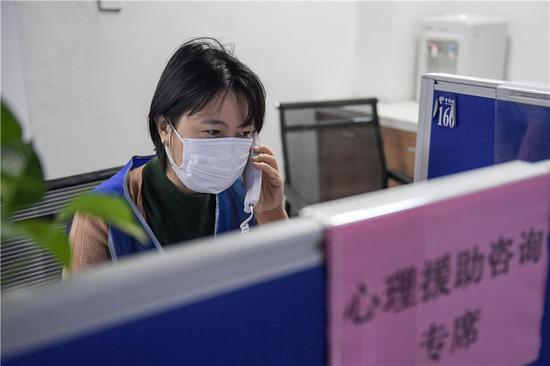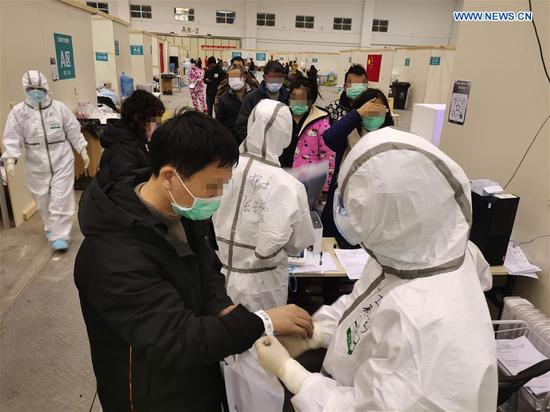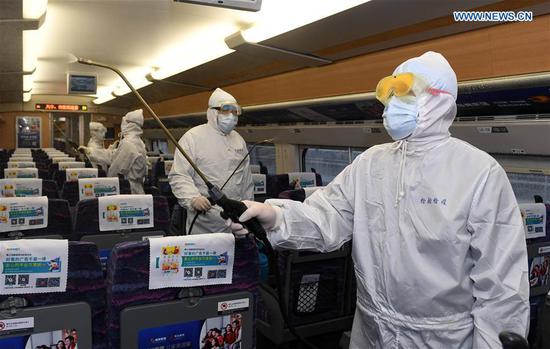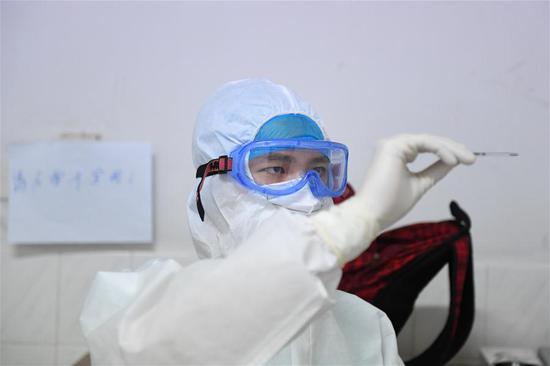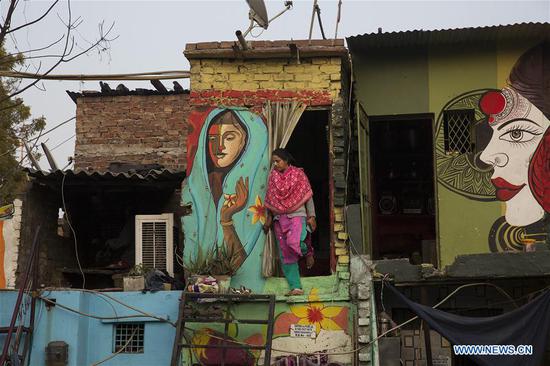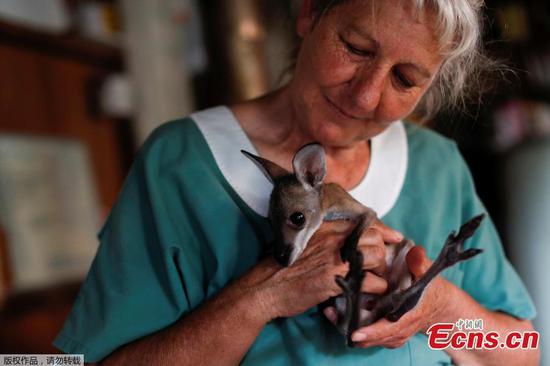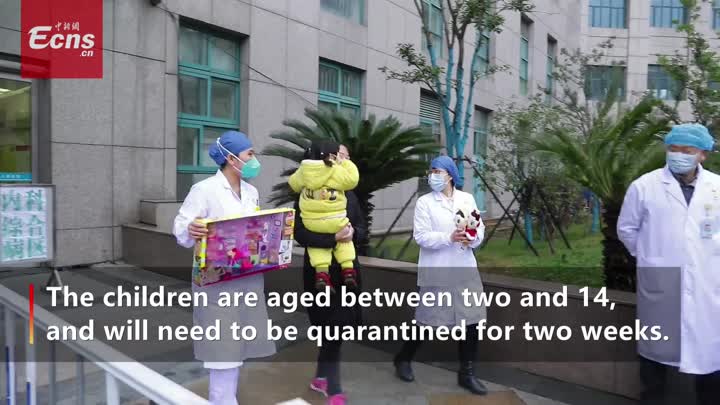Putting people under quarantine is one of the best ways to stop an infectious disease from spreading. Quarantine means separating confirmed and suspected patients from healthy people to cut the disease off from the rest of the world.
The current coronavirus outbreak (2019-nCoV) in Wuhan is no exception. And the situation is more difficult than a lot of others because the virus can lurk in a human body for as long as two weeks without causing any symptoms. So, people who seem healthy may still get ill or spread the virus to others.
It's not only about isolating the infected, it's about putting every possible case under quarantine. How can Wuhan make it happen?
In a recent press release, officials from the local CPC branch, government and hospital briefed the public on how they are carrying out the quarantine.
All the people related to the new-type pneumonia are divided into four groups:
Group 1: Patients confirmed with 2019-nCoV infection;
Group 2: Patients suspected with the infection but haven't been tested yet;
Group 3: Patients with fever that cannot be ruled out from 2019-nCoV infection because current tests still have shortcomings;
Group 4: People who had close contact with confirmed patients.












